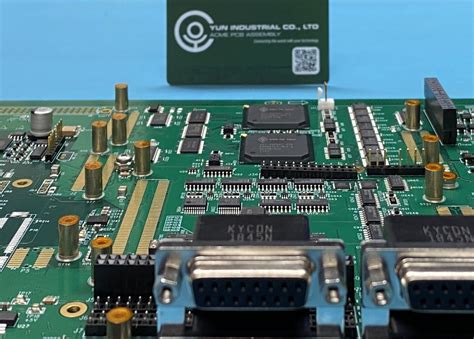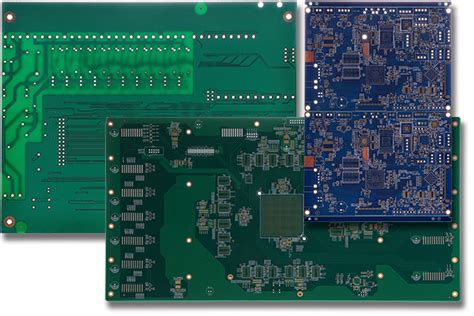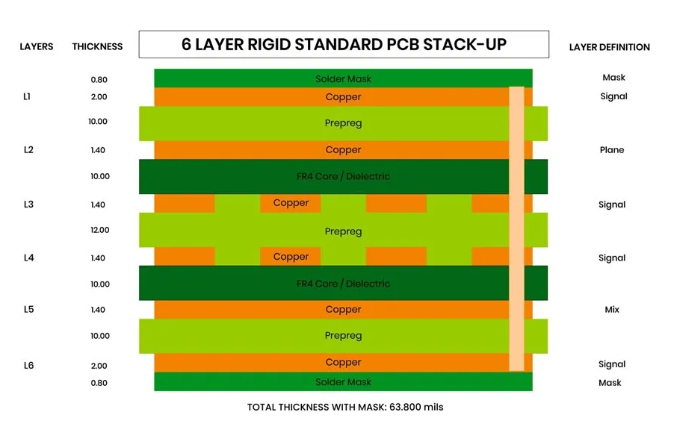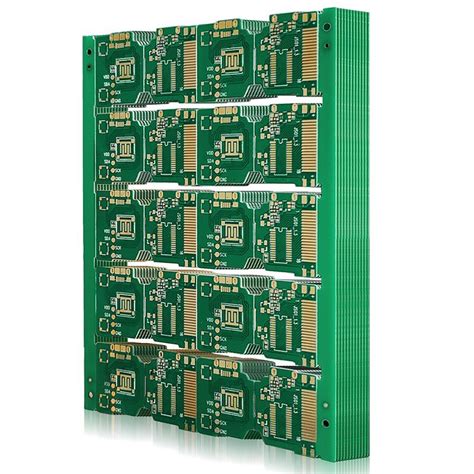Thermal Conductivity of FR4 PCB: An In-Depth Analysis
Introduction
Printed Circuit Boards (PCBs) are the backbone of modern electronics, providing the necessary platform for electrical connections and mechanical support for electronic components. Among the various types of PCB materials, FR4 is the most widely used due to its excellent electrical insulation properties, mechanical strength, and cost-effectiveness. However, as electronic devices continue to shrink in size and increase in power density, thermal management has become a critical concern. The thermal conductivity of FR4, which is relatively low compared to other materials, plays a significant role in the overall thermal performance of a PCB. This article delves into the thermal conductivity of FR4 PCBs, exploring its implications, measurement techniques, and strategies to enhance thermal management.
1. Understanding FR4 Material
FR4 is a composite material composed of woven fiberglass cloth with an epoxy resin binder. The “FR” stands for Flame Retardant, and the “4” indicates the woven glass reinforced epoxy resin. FR4 is known for its high dielectric strength, low moisture absorption, and excellent mechanical properties, making it suitable for a wide range of applications, from consumer electronics to industrial equipment.
2. Thermal Conductivity Basics
Thermal conductivity (k) is a material property that quantifies the ability of a material to conduct heat. It is defined as the amount of heat (Q) transferred through a unit thickness (L) of a material in a direction normal to a surface of unit area (A) due to a unit temperature gradient (ΔT) under steady-state conditions. Mathematically, it is expressed as:
[ k = \frac{Q \cdot L}{A \cdot \Delta T} ]
The unit of thermal conductivity is Watts per meter-Kelvin (W/m·K). Materials with high thermal conductivity, such as metals, are efficient at transferring heat, while those with low thermal conductivity, like FR4, are poor heat conductors.
3. Thermal Conductivity of FR4
The thermal conductivity of FR4 is relatively low, typically ranging from 0.25 to 0.35 W/m·K. This low thermal conductivity is primarily due to the epoxy resin matrix, which is a poor thermal conductor. The fiberglass reinforcement, while providing mechanical strength, does not significantly enhance the thermal conductivity of the composite material.

4. Implications of Low Thermal Conductivity in FR4 PCBs
The low thermal conductivity of FR4 has several implications for PCB design and performance:
- Heat Dissipation: In high-power applications, the inability of FR4 to efficiently dissipate heat can lead to localized hot spots, which can degrade the performance and reliability of electronic components.
- Thermal Stress: Temperature gradients across the PCB can induce thermal stress, leading to mechanical deformation and potential failure of solder joints or traces.
- Component Lifespan: Excessive heat can accelerate the aging process of electronic components, reducing their operational lifespan.
5. Measuring Thermal Conductivity of FR4
Accurate measurement of the thermal conductivity of FR4 is essential for effective thermal management. Several techniques are commonly used:
- Guarded Hot Plate Method: This method involves placing the FR4 sample between two plates, one heated and the other cooled. The temperature gradient and heat flux are measured to determine thermal conductivity.
- Laser Flash Analysis: A laser pulse heats one side of the FR4 sample, and the temperature rise on the opposite side is measured. The thermal diffusivity is calculated, and thermal conductivity is derived using the material’s specific heat capacity and density.
- Thermal Impedance Spectroscopy: This technique measures the thermal impedance of the FR4 sample over a range of frequencies, providing insights into its thermal properties.

6. Strategies to Enhance Thermal Management in FR4 PCBs
Given the low thermal conductivity of FR4, several strategies can be employed to improve thermal management in PCBs:
- Thermal Vias: These are plated holes filled with conductive material that provide a path for heat to transfer from the component side to the opposite side of the PCB, where it can be dissipated more effectively.
- Metal Core PCBs: Incorporating a metal core, such as aluminum or copper, within the PCB can significantly enhance thermal conductivity. The metal core acts as a heat spreader, reducing the temperature gradient across the board.
- Thermal Interface Materials (TIMs): Applying TIMs between the PCB and heat sinks or other cooling solutions can improve heat transfer by filling air gaps and reducing thermal resistance.
- Component Placement: Strategic placement of heat-generating components can help distribute heat more evenly across the PCB, reducing the risk of hot spots.
- Enhanced Cooling Solutions: Incorporating additional cooling solutions, such as fans, heat sinks, or liquid cooling systems, can help dissipate heat more effectively.
7. Advanced Materials and Alternatives to FR4
While FR4 is the most commonly used PCB material, there are alternatives with higher thermal conductivity that may be more suitable for high-power applications:
- Ceramic PCBs: Materials like aluminum oxide (Al2O3) and aluminum nitride (AlN) offer significantly higher thermal conductivity, making them ideal for high-power and high-frequency applications.
- Metal-Clad PCBs: These PCBs have a metal base, typically aluminum or copper, which provides excellent thermal conductivity and heat dissipation.
- High-Tg FR4: High glass transition temperature (Tg) FR4 materials offer improved thermal stability and can withstand higher operating temperatures, making them suitable for more demanding applications.
8. Case Studies and Practical Applications
To illustrate the importance of thermal conductivity in FR4 PCBs, consider the following case studies:
- Consumer Electronics: In smartphones and tablets, the compact design and high power density necessitate effective thermal management. FR4 PCBs with thermal vias and strategic component placement are commonly used to manage heat.
- Automotive Electronics: In automotive applications, where components are subjected to harsh environmental conditions, FR4 PCBs with enhanced cooling solutions and metal-clad designs are employed to ensure reliability.
- Industrial Equipment: High-power industrial equipment often requires PCBs with superior thermal management. Ceramic PCBs or metal-clad designs are frequently used in these applications.

9. Future Trends and Innovations
As electronic devices continue to evolve, the demand for improved thermal management in PCBs will only increase. Future trends and innovations may include:
- Nanomaterials: The incorporation of nanomaterials, such as graphene or carbon nanotubes, into PCB substrates could significantly enhance thermal conductivity.
- 3D Printing: Additive manufacturing techniques could enable the creation of complex PCB designs with integrated cooling channels, improving heat dissipation.
- Smart Thermal Management: The integration of sensors and adaptive cooling systems could allow for real-time monitoring and adjustment of thermal conditions, optimizing performance and reliability.
Conclusion
The thermal conductivity of FR4 PCBs is a critical factor in the design and performance of modern electronic devices. While FR4 offers numerous advantages, its low thermal conductivity poses challenges for thermal management. By understanding the thermal properties of FR4 and employing strategies such as thermal vias, metal core PCBs, and enhanced cooling solutions, designers can effectively manage heat and ensure the reliability and longevity of electronic components. As technology advances, the development of new materials and innovative cooling techniques will continue to push the boundaries of thermal management in PCBs, enabling the creation of more powerful and compact electronic devices.







